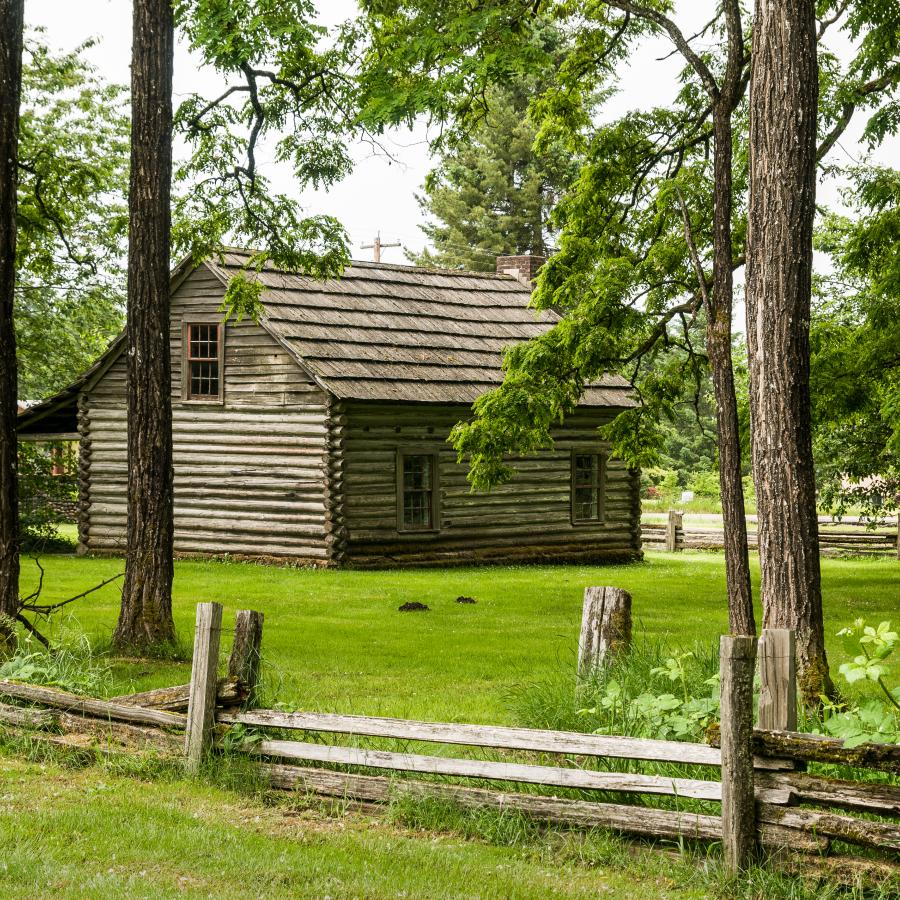
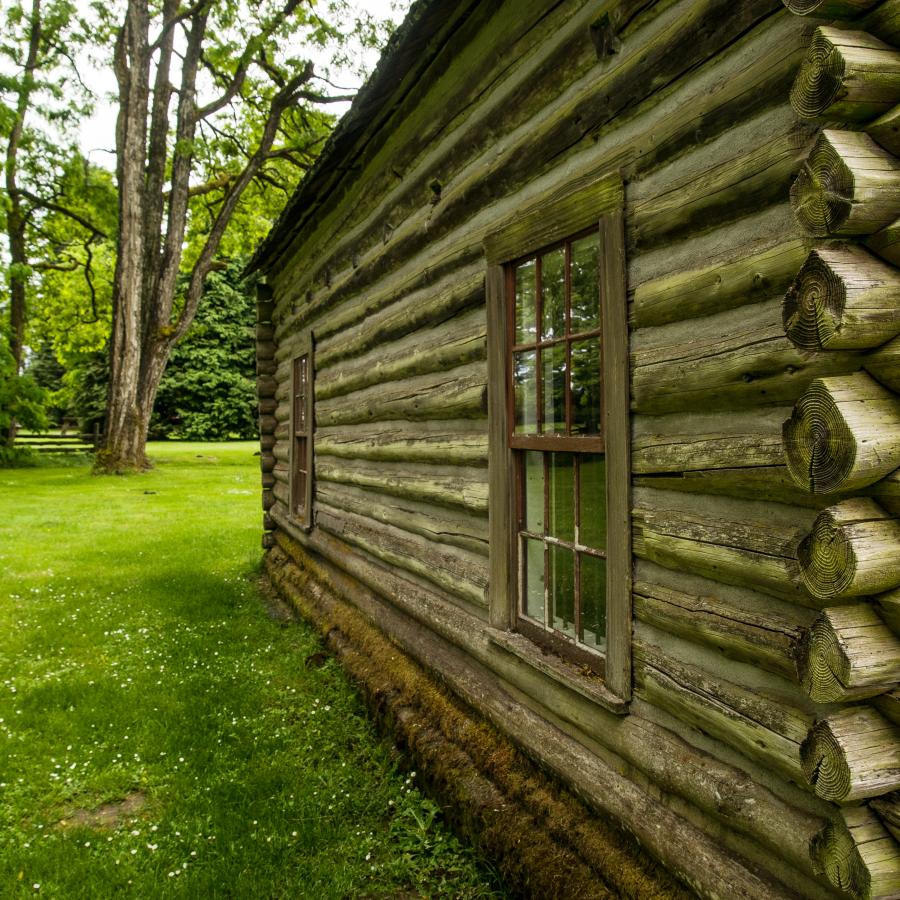
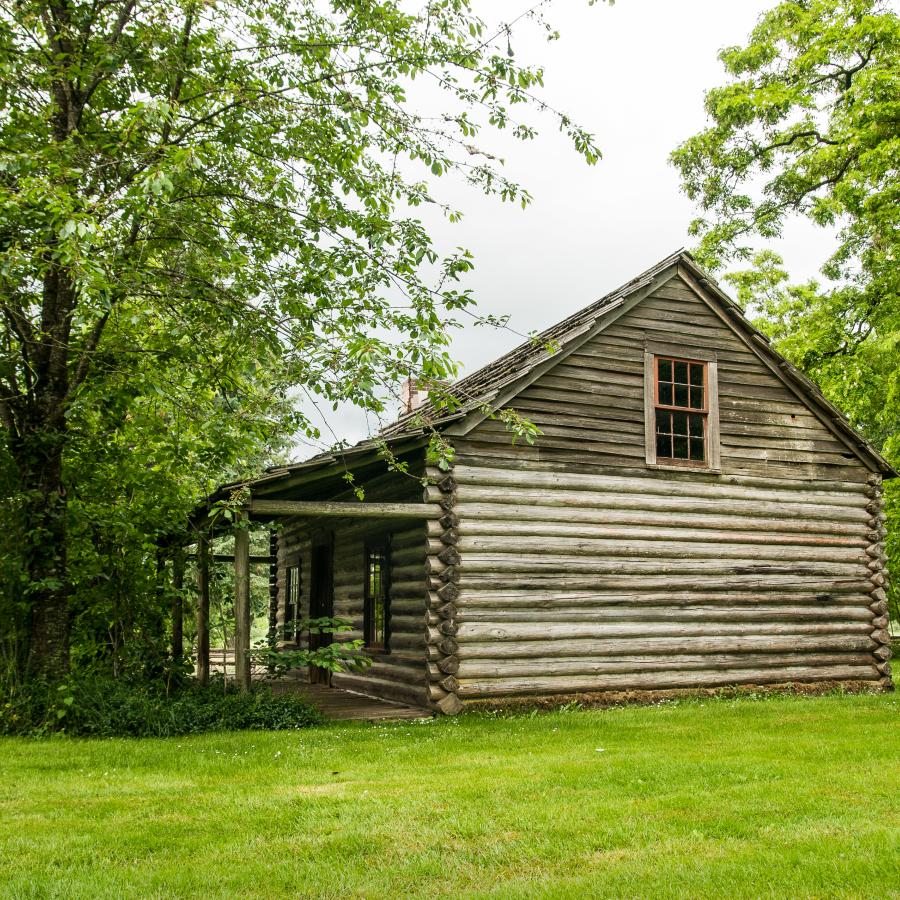
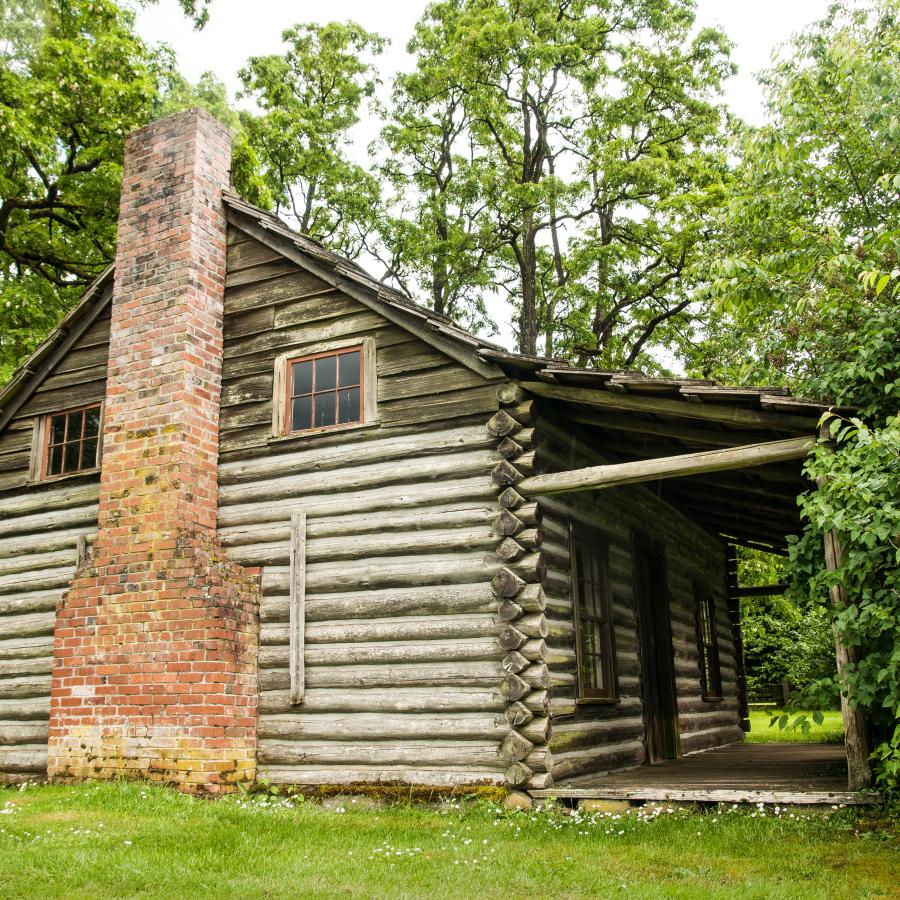
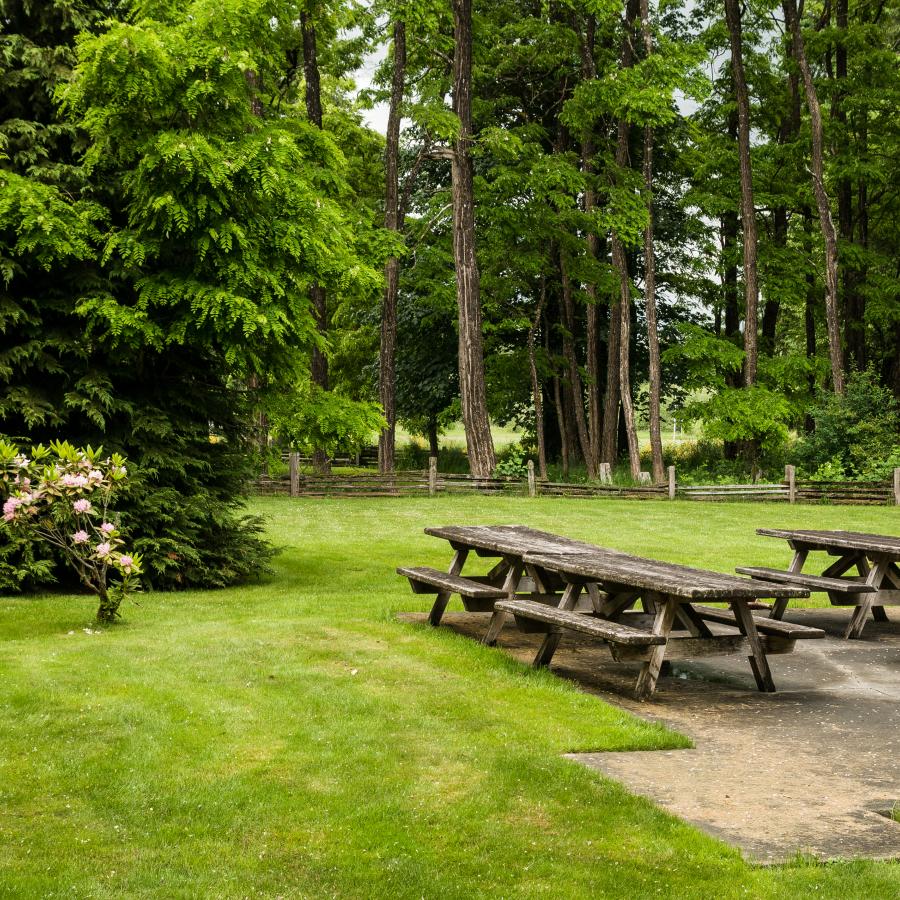
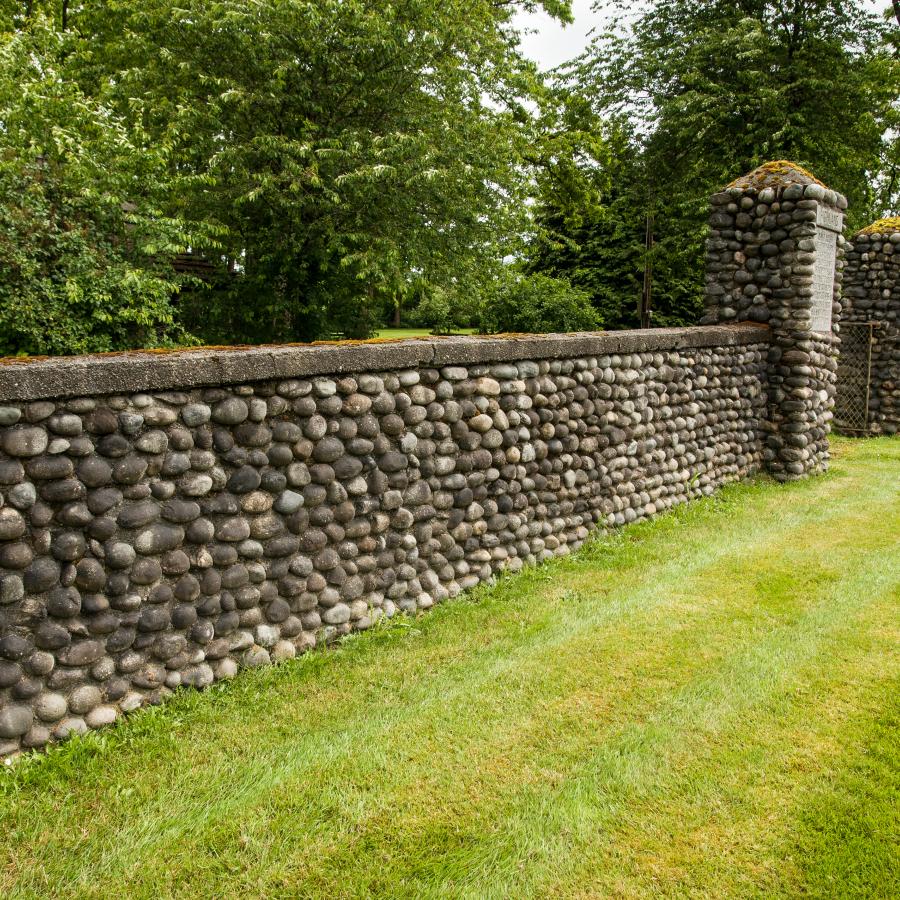
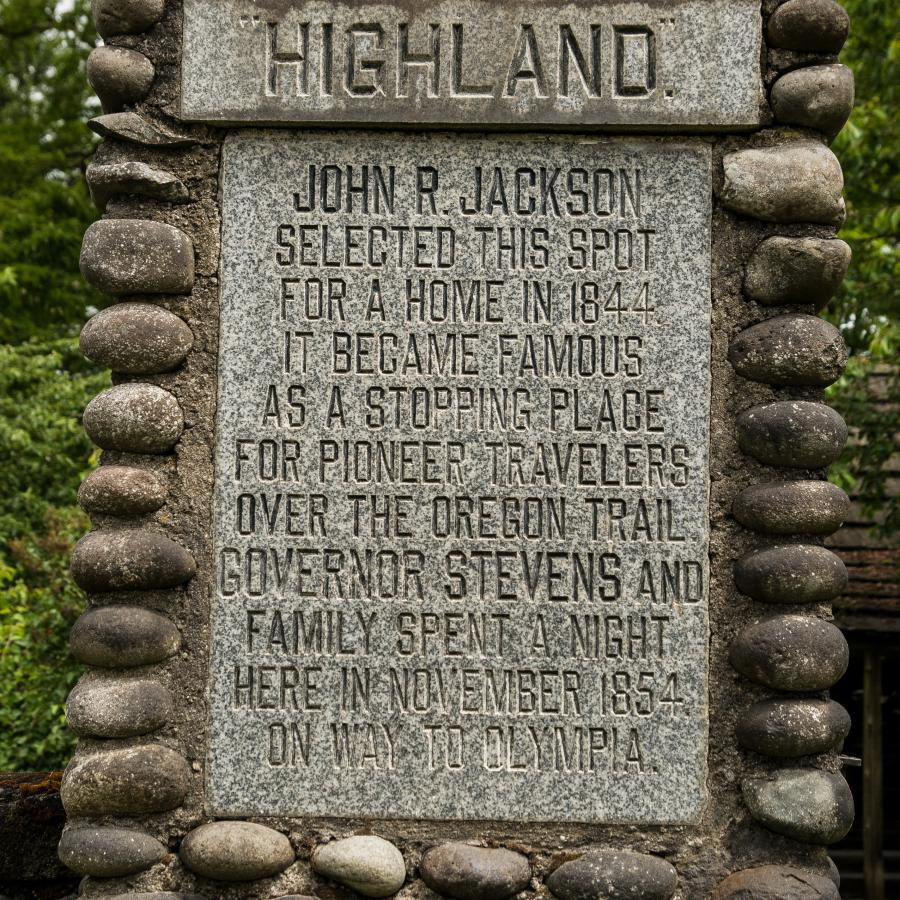
No fires permitted at any time.

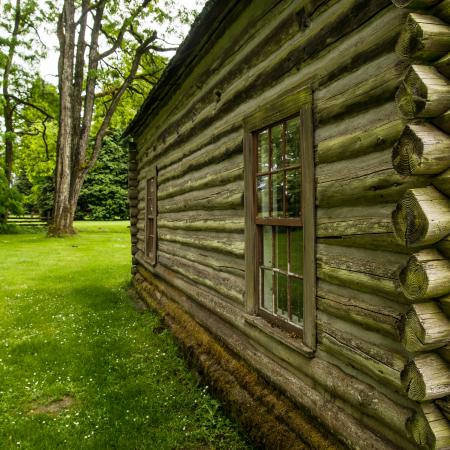
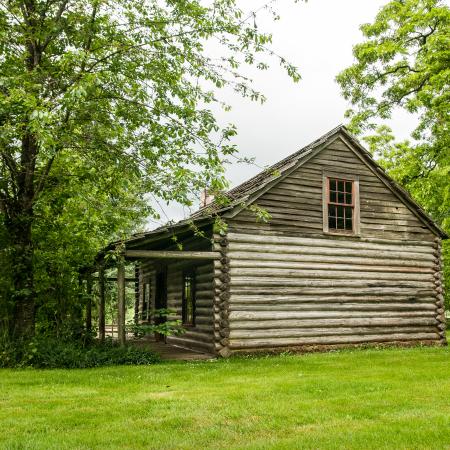
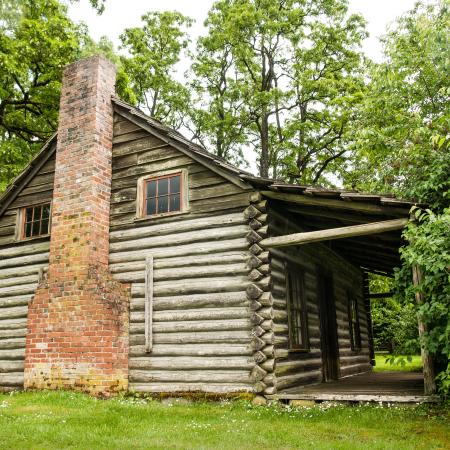
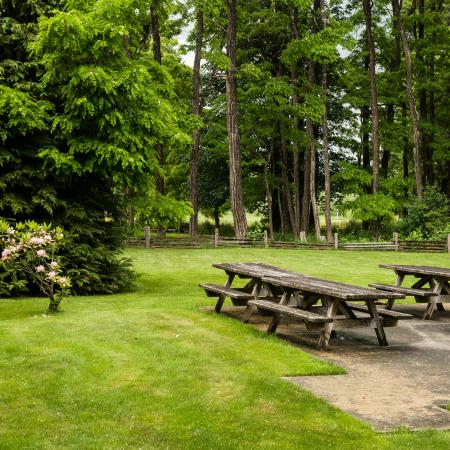
4277 Jackson Highway, Winlock, WA, WA 98596
Step into Washington state history at Jackson House State Park Heritage Site. Relax and take in a picnic at this small day use park after viewing the yesteryear cabin home of a local pioneer.
Picnic Tables
Accessible Parking
Parking
Interpretive Opportunities
Field
Located in Winlock, this park was once the homestead of John R. Jackson and his family, the first pioneer settlers north of the Columbia river. Built in 1850, the cabin provides a unique view of early settler life. Preserved through the efforts of women's groups in the 1920s, the cabin was added to the National Register of Historic Places in 1974.
The park has picnic tables and grass fields for recreation.
Learn about seasonal closures and operational changes during the off-season on the Winter Schedule page.